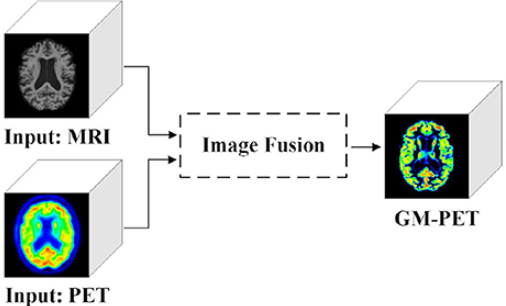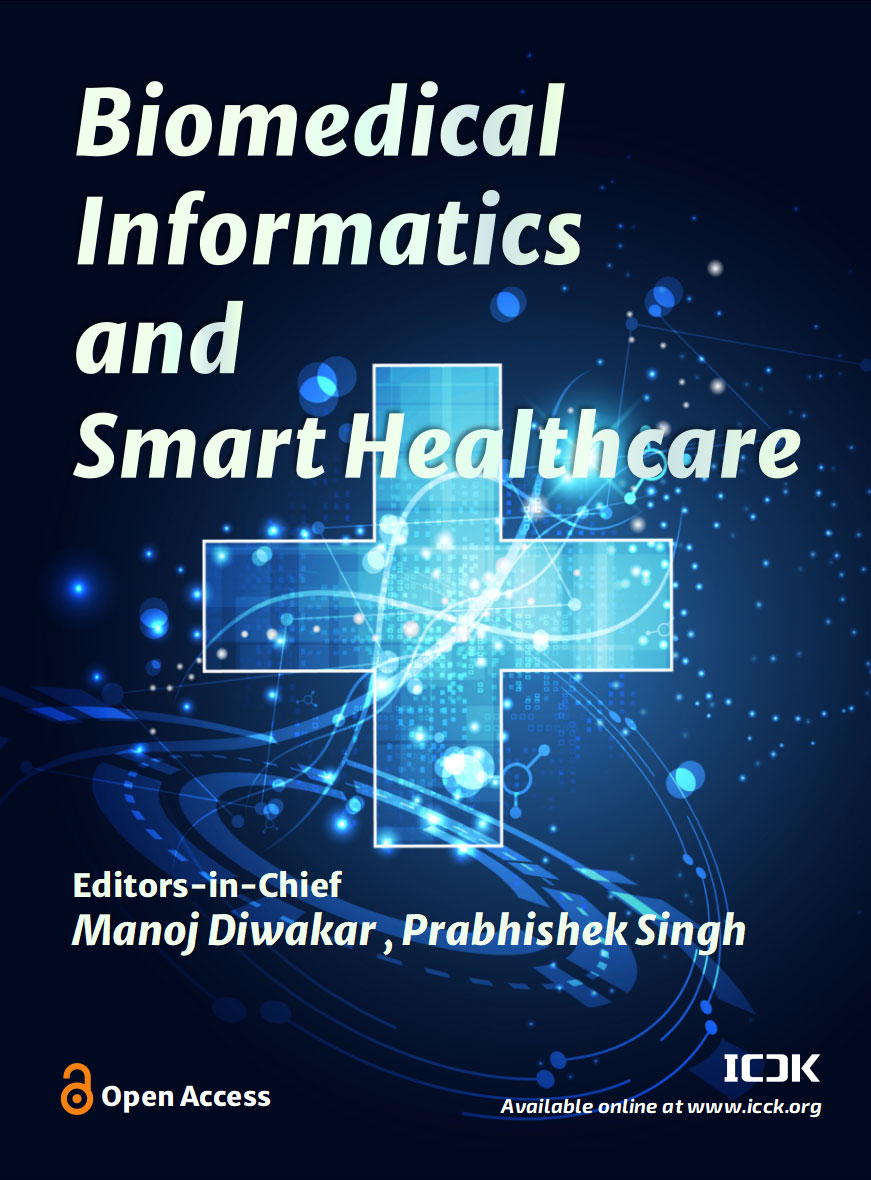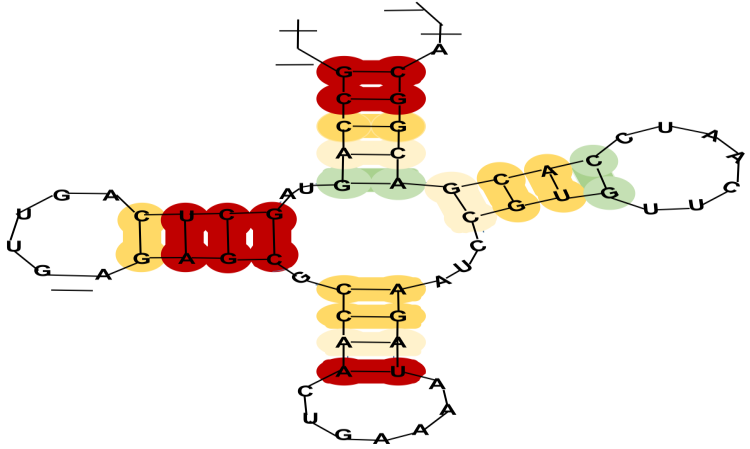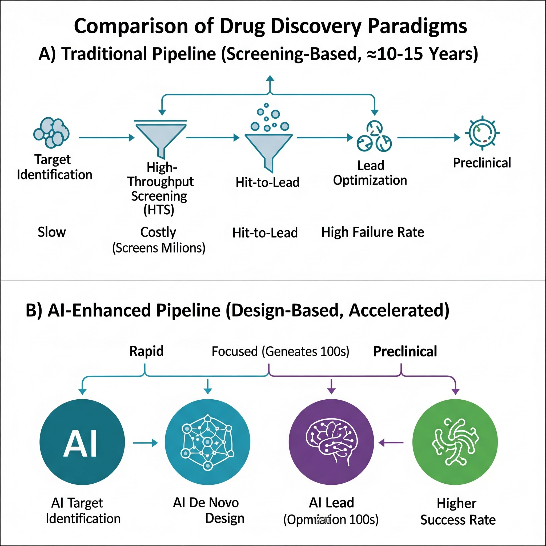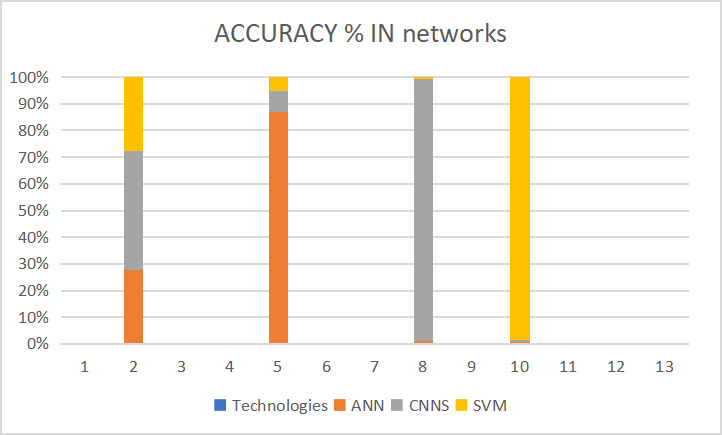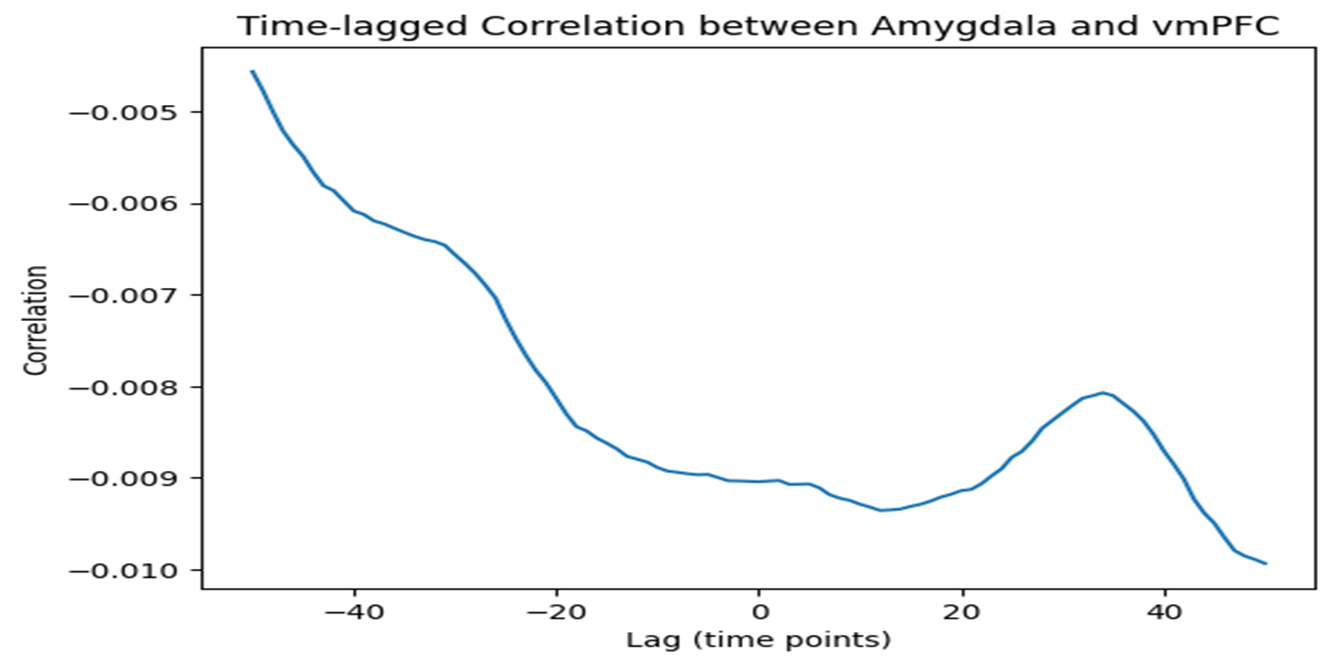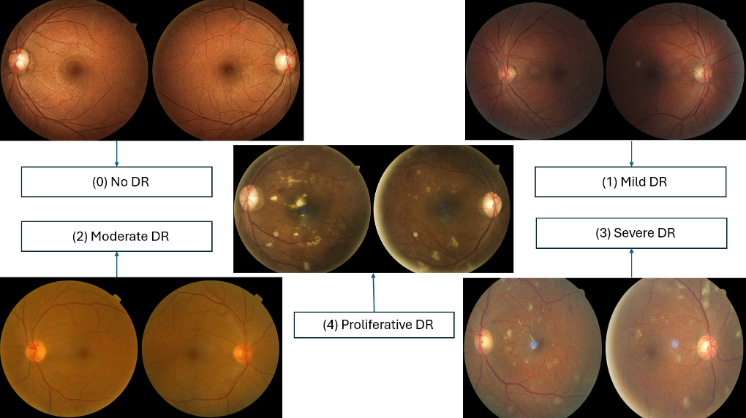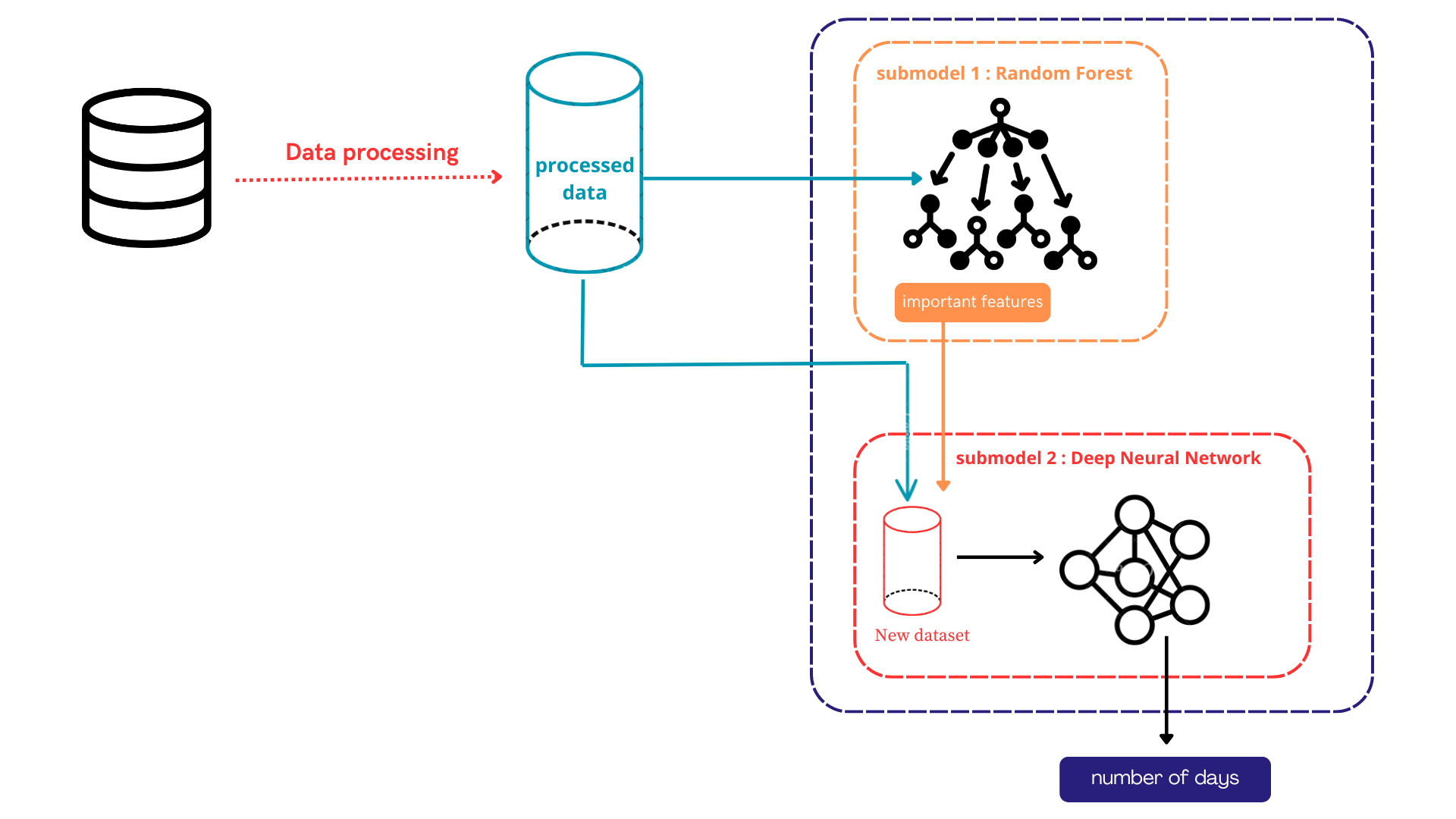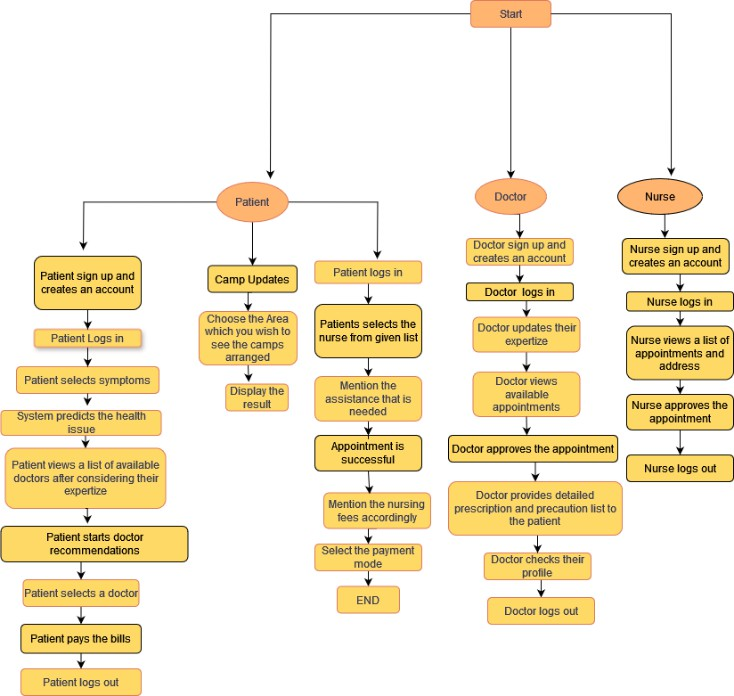Biomedical Informatics and Smart Healthcare | Volume 1, Issue 3: 89-97, 2025 | DOI: 10.62762/BISH.2025.414869
Abstract
Fusion of multi-modal medical images has transformed healthcare by overcoming the limitations of single-modality imaging, where modalities such as CT, MRI, PET, and SPECT provide complementary information. This review systematically traces the evolution of multi-modal medical image fusion from conventional mathematical models to state-of-the-art artificial intelligence (AI) techniques. We examine the transition from classical approaches---such as multiscale transformations, wavelet decompositions, and sparse representation---to modern deep learning methods, including convolutional neural networks, generative adversarial networks, and transformer architectures. Key limitations of existing met... More >
Graphical Abstract
